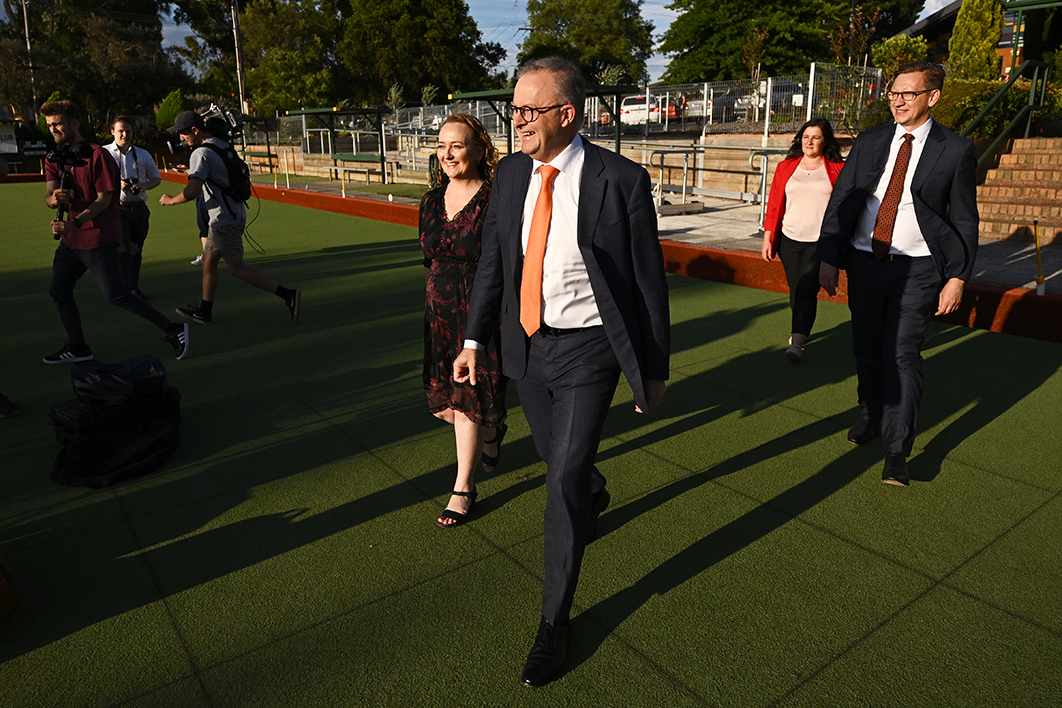Given Labor’s big lead in the polls, some observers have been suggesting it could follow up its victory in New South Wales by taking Aston from the Liberals. It could, but it’s unlikely.
Only once has a federal government won an opposition seat at a by-election, and that was in most unusual circumstances. In 1920, during the Irish war of independence, Irish emigrant and Labor MP Hugh Mahon delivered a speech denouncing the British Empire as “this bloody and accursed despotism.” The Nationalists (forerunner of the Liberals) used their majority to expel him from parliament — a unique event in federal politics. That forced a by-election in his marginal seat of Kalgoorlie, which the Nationalists then narrowly won.
That was more than a hundred years ago. Since then, opposition parties and independents have won seventeen seats from governments at by-elections, Bass (1975), Wills (1992), Canberra (1995), Ryan (2001) and Wentworth (2018) being among the more memorable of them. And, of fifty-eight by-elections in opposition-held seats in that time, none has been won by the government. Not one.
Some were close: in 1939 a young Menzies government failed by just eight votes to win the marginal Labor seat of Griffith. In 1960 an ageing Menzies government came just 0.2 per cent short of taking an ultra-marginal Labor seat, Bendigo. And in 2020, during the early months of Covid, the Morrison government fell just 0.4 per cent short of winning another lineball seat, Eden-Monaro.
Even new governments enjoying an electoral honeymoon, like Albanese’s, have failed. In 1983 the Hawke government was at the peak of its popularity when former leading Liberals Billy Snedden and James Killen retired from very marginal seats: yet the Liberals retained both seats with swings their way. In 2008 the Rudd government had a similar experience in Gippsland. In 2014, when Kevin Rudd quit, the new Abbott government lost out in his by-then-marginal seat of Griffith.
On top of that, Aston is not a natural Labor seat. At the 2019 election it was the safest Liberal seat in Melbourne: Alan Tudge’s winning margin was more than 10 per cent. Last year Labor came within 2.8 per cent of victory, but that was in reaction to Tudge’s personal and ministerial humbug. In the seven previous elections, the Coalition’s average winning margin was 7.6 per cent.
If Labor wins on Saturday, the Coalition is in even deeper trouble than we thought.
Independents or Greens have broken through to win one-in-ten by-elections in the past thirty or so years. Phil Cleary set the trend by taking Wills from Labor when Bob Hawke retired. The Greens won their first seat in the House when Michael Organ briefly took Cunningham from Labor in 2001. Rob Oakeshott, then an independent state MP, smashed the Nationals to win Lyne when Mark Vaile retired in 2008. And of course, Kerryn Phelps won a famous, if short-lived, victory in Wentworth after Malcolm Turnbull was dumped as prime minister in 2018.
But the third party in Aston will be the Greens. And while last May they scored a personal best by ending up with 15.3 per cent of the Aston vote before dropping out, this is far from being their territory. If the Greens win on Saturday, both Labor and Liberals are in even deeper trouble than we thought. •




